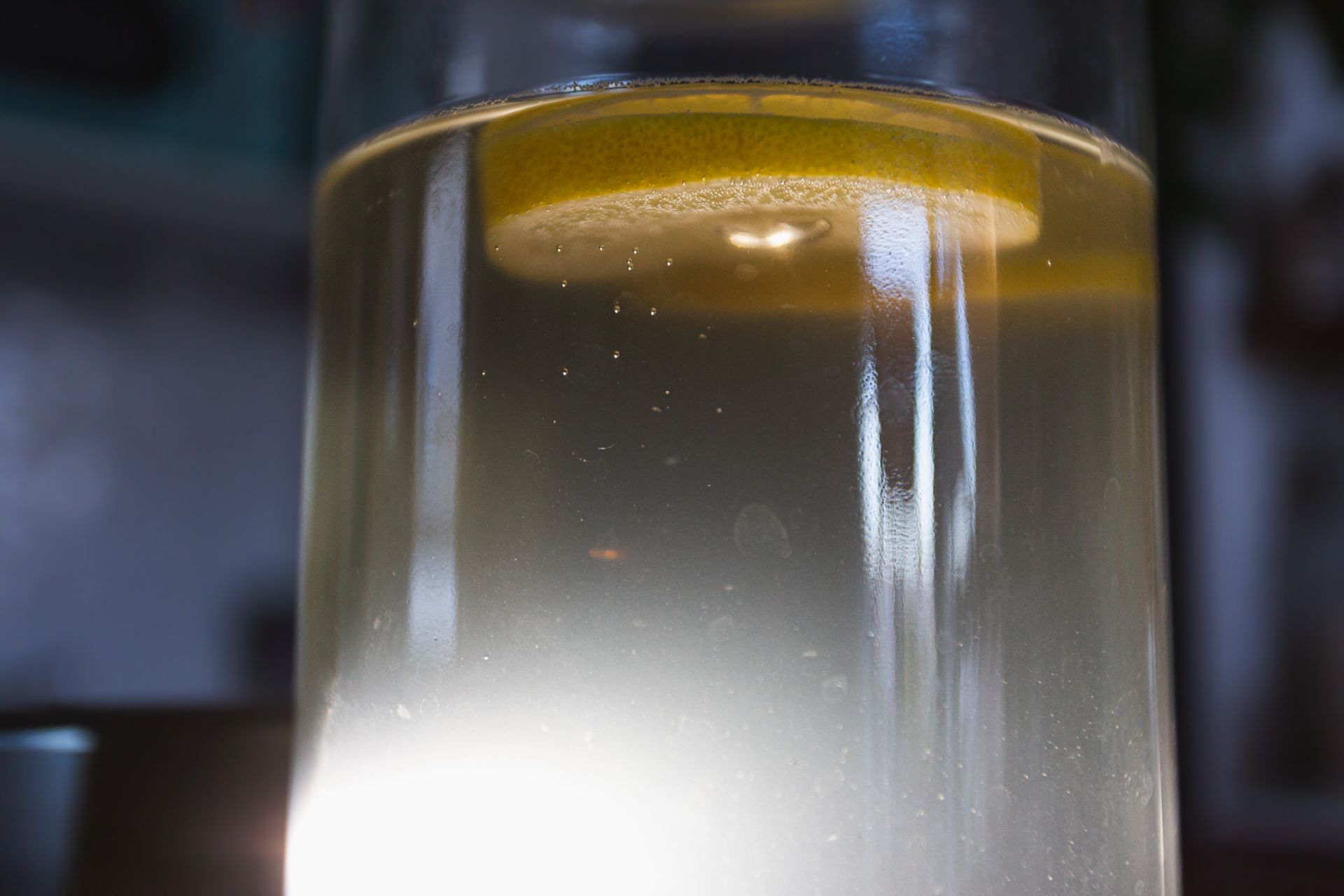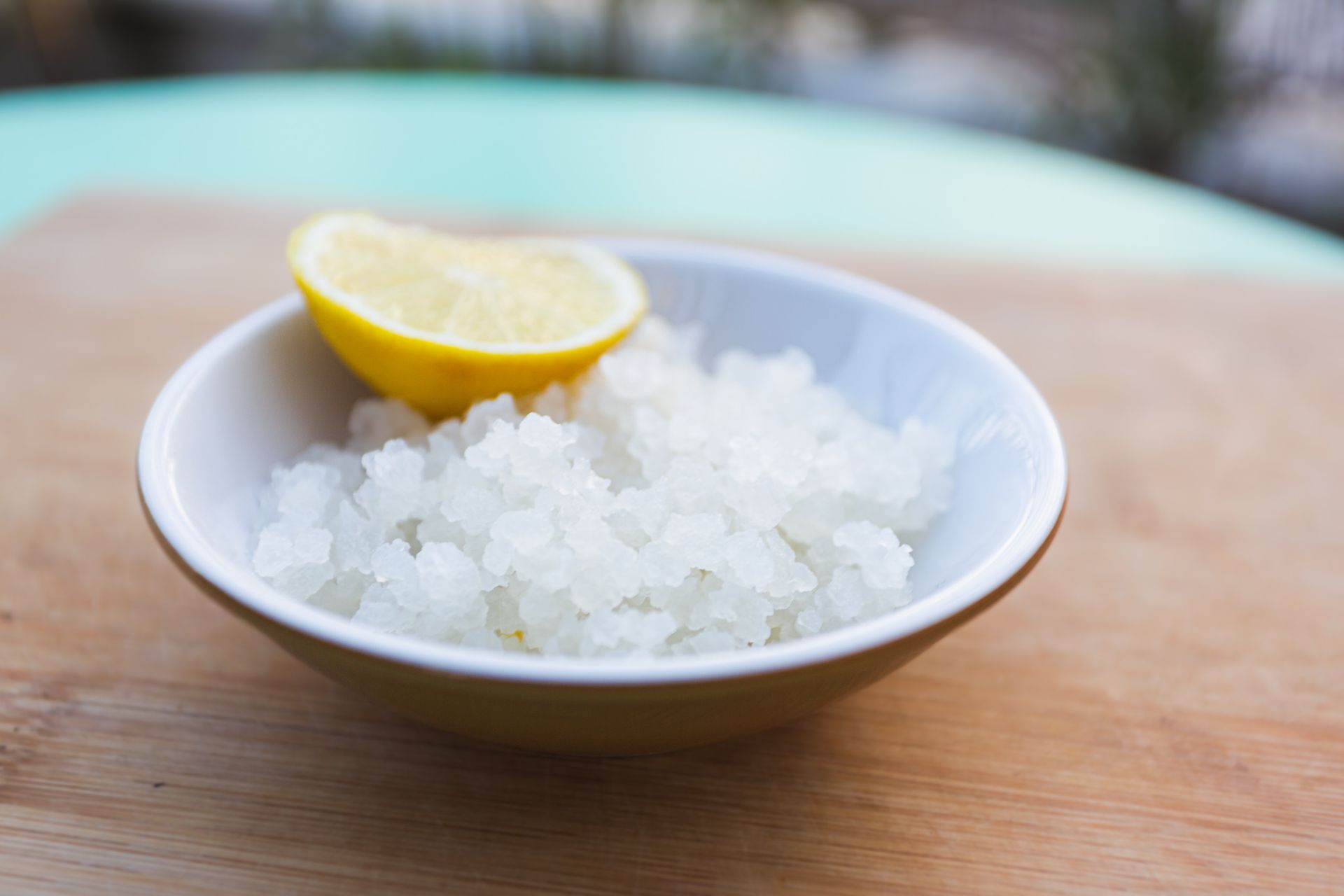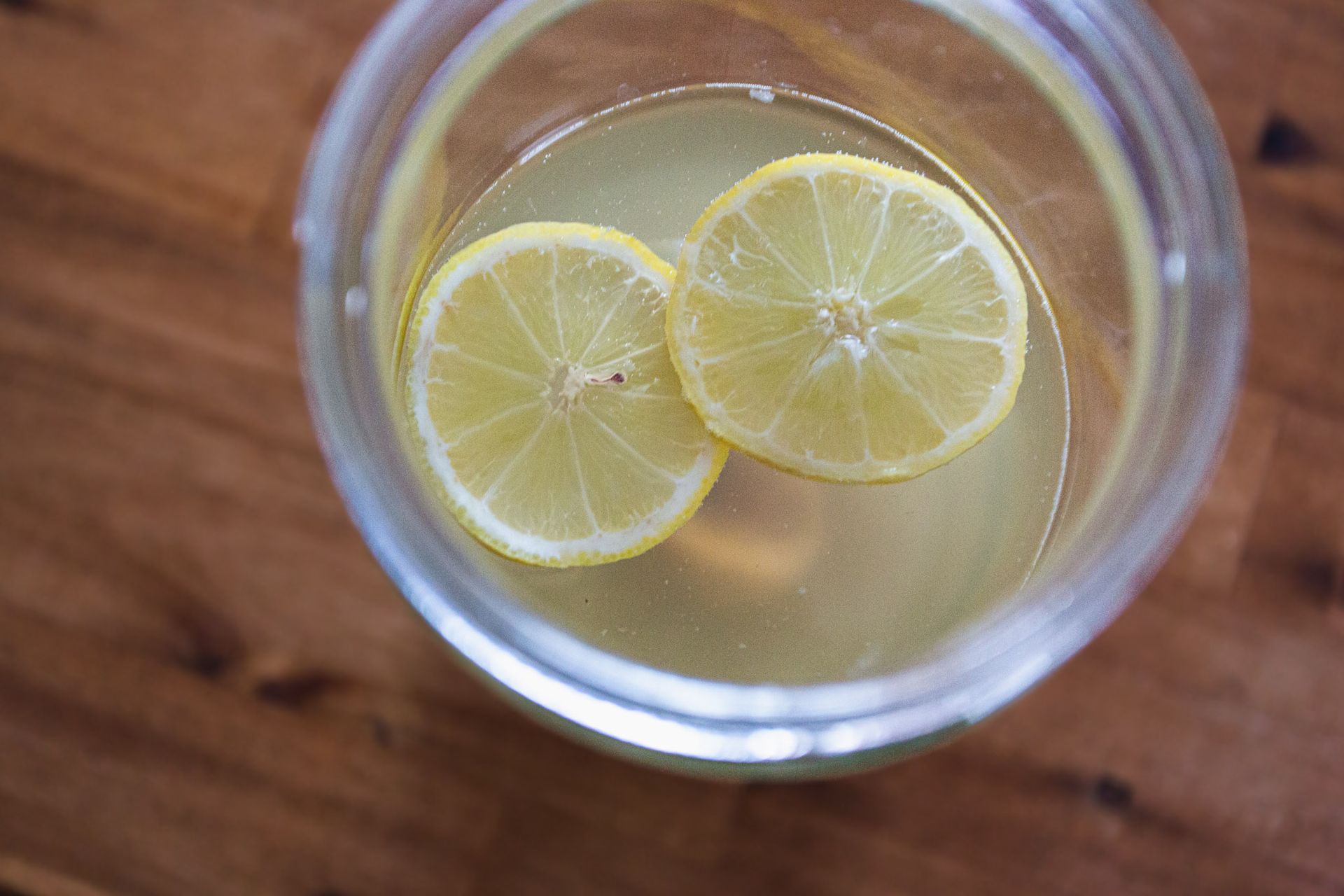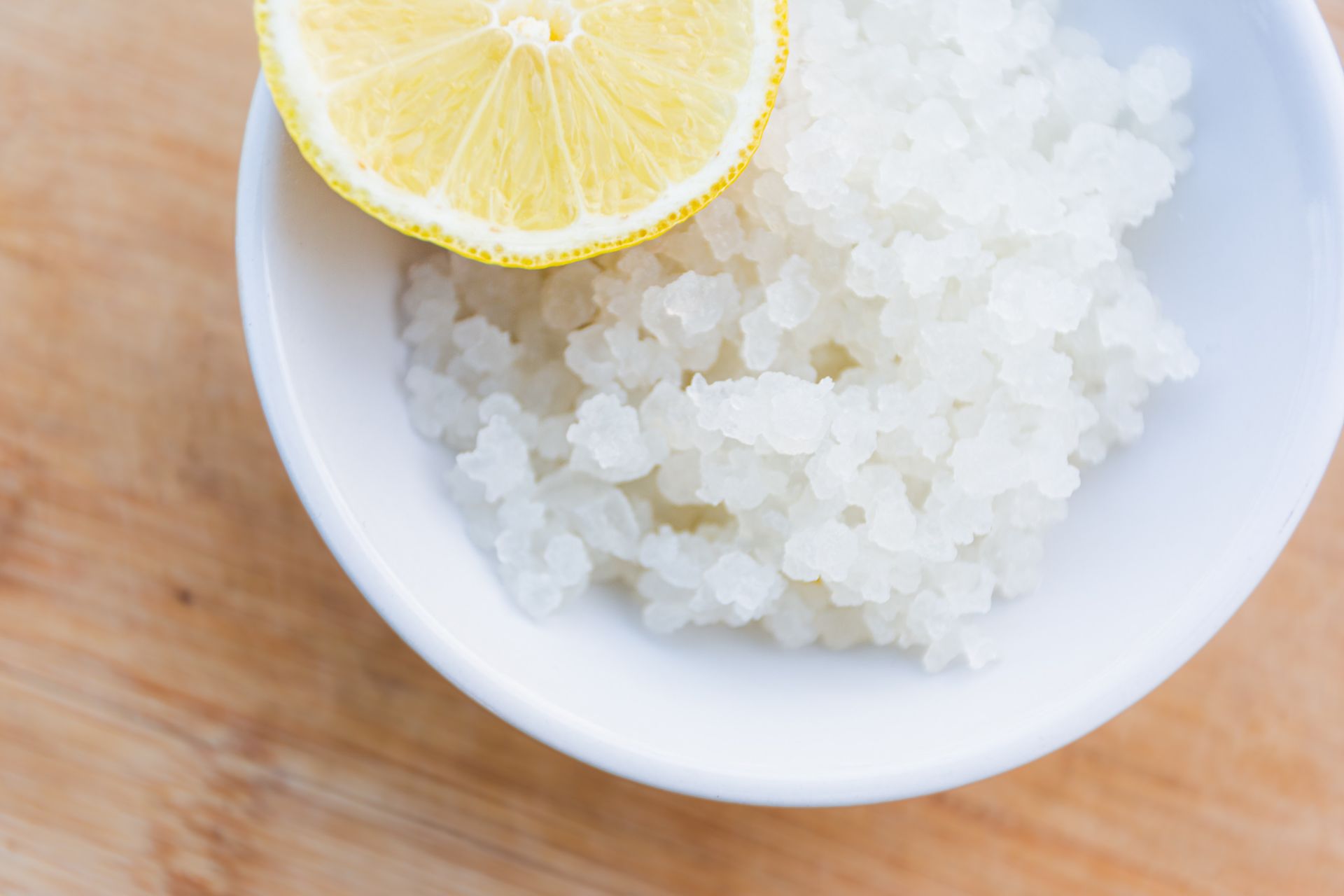What is kefir ?
Originally from the Caucasus, fruit kefir is a fermented, fizzy drink. It has been consumed for thousands of years, particularly in rural areas, for its health benefits. Once known as the "poor man's lemonade", kefir has not interested the food industry or scientists until now. In 2018, studies were launched into the genomes of kefir grains, which will make up for all those years of delay! What's more, the fact that it's made by hand has clearly worked against its appeal.
Fruit kefir is made from kefir grains. The grains contain yeast (Saccharomyces cerevisiae in particular) and good bacteria (lactic and acetic). What makes it special ? It multiplies as you drink ! So you can make lemonade ad infinitum, as long as you take good care of the kefir grains (otherwise they die). Studies have shown that a 250 ml / 8,45 fl oz glass of kefir contains up to... 2,5 billion good microorganisms ! That makes fruit kefir the Queen of lemonades, with so many health benefits. But what are they ?
- Kefir is rich in vitamins
- It boosts the immune system
- It's a detoxifying drink that helps combat skin problems (such as acne and eczema)
- Kefir is low in calories and can be consumed regularly
- It is not very sweet, as the yeasts feed on the sugar added to its preparation
- It is rich in probiotics
- It is good for the intestinal microbiota
- It is rich in nutrients
I drink kefir mainly for its taste, but also to relieve stomach upsets. It's one of the few things that works particularly well for me, as well as being diet-friendly and healthy. In short, this pseudo-lemonade has it all, so what are you waiting for ?
How do you make fruit kefir ?
To wake up your kefir grains when you buy them for the first time :
Place in an unsealed jar (with the lid just on top - very important, otherwise the jar may explode) with 1 litre (or 33,81 fl oz) of dechlorinated water (use tap water which you leave uncovered at room temperature for at least an hour) and 3 tablespoons of sugar (preferably light cane sugar, otherwise white sugar).
Leave at room temperature for 24 to 48 hours, at around 20°C (68°F). A small froth should appear.
After this wake-up call, the kefir is ready for its first round! It can either be used immediately, or stored in the fridge with a little water (the water should completely cover the grains) and a spoonful of sugar.
For the first round of kefir :
Ingredients
- 1 litre / 33,81 fl oz non-chlorinated water (very important)
- 3 tablespoons sugar
- 2 or 3 slices of organic lemon (the skin can be left on)
- 1 dried fig
Leave at room temperature until the fig has risen (about 24 hours at 20°C / 68°F, 12 hours at 28°C / 82,4°F in summer). At the end of this first fermentation, remove the fig and lemon slices, then place the kefir in a lemonade bottle or a glass bottle that can withstand pressure (IMPORTANT), straining through a chinois strainer or colander to catch the grains. Close the bottle tightly and leave it at room temperature for the equivalent time of the first fermentation (24 hours at 20°C / 68°F, for example).
The grains should be stored in the fridge with water and a tablespoon of sugar. At the end of the 24 hours, put the bottle in the fridge to stop fermentation and the kefir can be drunk a few hours later without any problem. Depending on the temperature and fermentation time, the kefir will be more or less fizzy. The more fizzy it is, the less sweet it is. Leaving it in the fridge for a few days (3 or 4) without using it makes it fruitier.
You can then reuse your grains stored in the fridge in the same proportions (3 tablespoons of grains for 1 litre / 33,81 fl oz of water) without going through the grain awakening stage again, provided it has not been left to rest for more than 1 or 2 months.
Enjoy !




